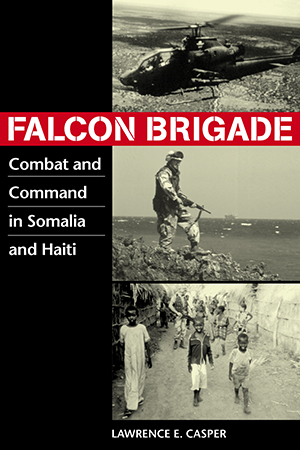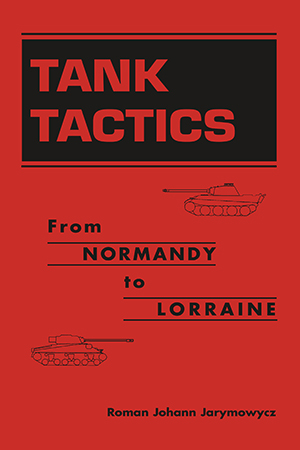Military History
In Operation Cobra, six US divisions during six dramatic days in Normandy ended the stalemate on the western front, breaking through German defenses after seven weeks of grueling attrition More >
This compelling chronicle of a controversial figure—a man who could be charming, fanatical, arrogant, and confrontational—places Billy Mitchell in the context of the great More >
In 1942, US and Australian forces waged a brutal war against the Japanese in the jungles of Papua New Guinea. Plunged into a primitive, hostile world in which their modes of battle seemed More >
A Choice Outstanding Book! Clash of Arms examines how the Western Allies learned—on the battlefield—to defeat the Nazi war machine. Beginning with an investigation of the More >
Italy. December 1943. Allied troops from some twelve nations are amassed at the foot of the Apennine Mountains in a narrow corridor that they would recall as "Death Valley." Soon More >
This multi-layered history of World War I’s doughboys recapitulates the enthusiasm of scores of soldiers as they trained for war, voyaged to France, and finally, faced the harsh More >
Col. Lawrence E. Casper (U.S. Army-Ret.) narrates the first documented account by a military officer of the harrowing US operations in Somalia and Haiti. As commander of the Falcon Brigade, More >
It has long been accepted wisdom that Germany's infantrymen possessed superior tactical ability relative to their Anglo-American adversaries in World War II. Now, drawing on newly More >
Sandia National Laboratories is one of the primary providers of the science, technology, and engineering capabilities needed to ensure both US and global security. Its mandate has moved far More >
Since antiquity, information has been used in conflict—to deceive, to demoralize, to sow fear among enemy troops. Not until the twentieth century, though, did information operations More >
Following World War II, Robert S. Beightler was one of only two US National Guard generals to be commissioned in the regular Army. Ohl's revealing study traces Beightler's military More >
A Selection of the Military Book Club Truppenführung, the twentieth-century equivalent of Sun Tzu's Art of War, served as the basic manual for the German army from 1934 to the More >
"Avoid cities or die within" has been the prevailing attitude in the military when it comes to waging war in urban areas. So why do armies continue to fight there? What tactical More >
Walter Dunn's book narrates the details of a battle on the Eastern Front that was perhaps the largest of all time and certainly one of the most significant of World War II. Nearly three More >
Winner of the 2001 AHF Distinguished Writing Award, Twentieth Century U.S. Army History An operational critique of the art of war as practiced by U.S. and Canadian tank commanders in More >




















